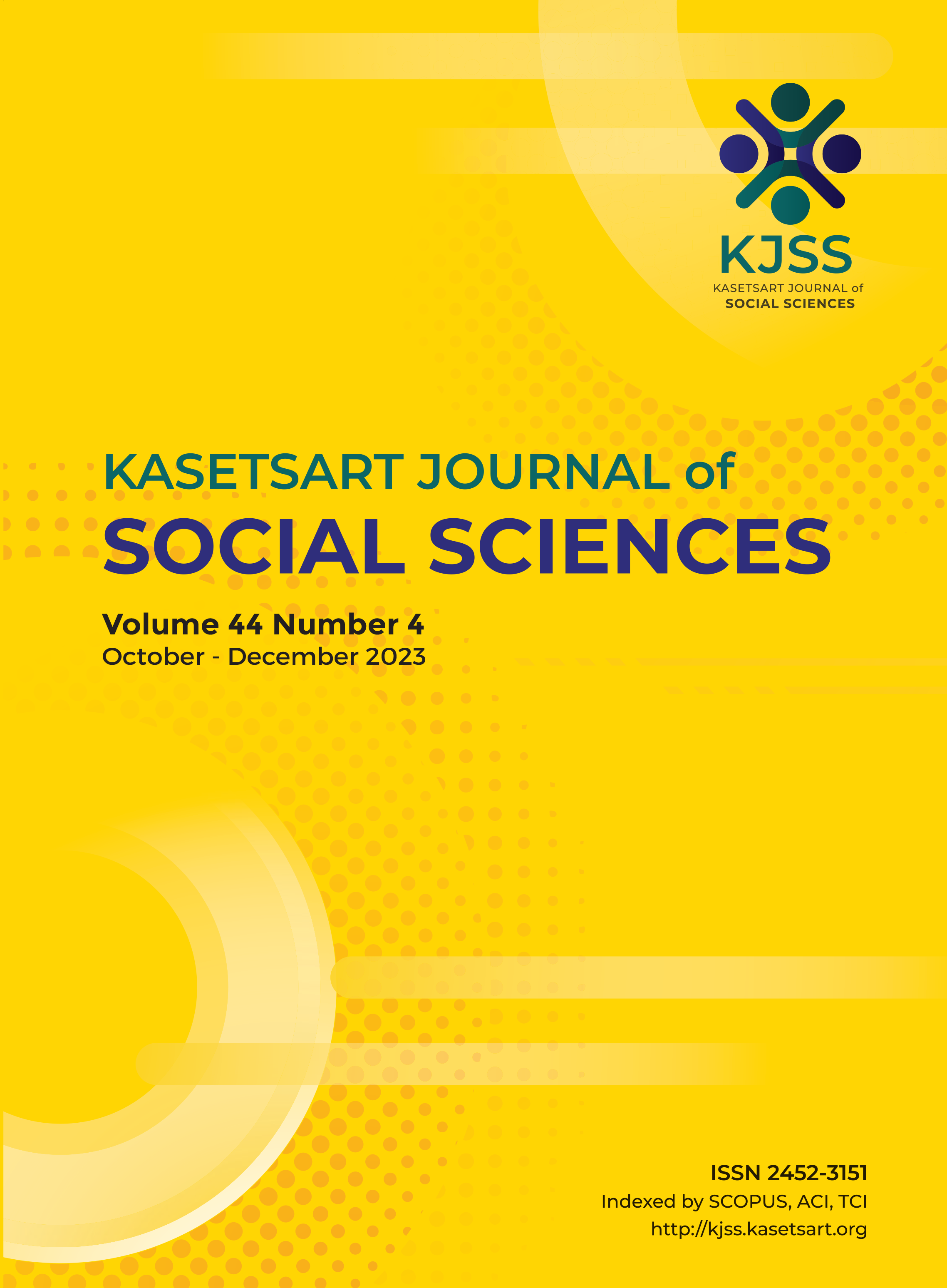The fate of Marx’s base-superstructure model: Trajectories since 2000
คำสำคัญ:
base-superstructure model, history, Marxism, materialist theoryบทคัดย่อ
The base-superstructure model in its “vulgar” form, in which the economic base unilaterally determines the legal, political, and cultural superstructures, has such a bad reputation that even those on the Left would hardly defend it today. However, after the clangor of post-modernism died out, Marxism has garnered renewed interest and popularity in the 21st century. The thorny question of the determinacy of the base over the superstructures resurfaces, and many scholars have had to grapple with the long shadow it casts on the whole edifice of Marxist theory. In this article, we seek to map out some important trajectories of the interpretations of the metaphor since the 2000s. We find that, rather than abandoning it altogether like their post-modernist peers did, many Marxists are at pains to go through and work out the model, often with major revamps and reconstitutions. Arguably, the attempts to refine it, even on the brink of dismantling and reworking it from the ground up, yet all the while remaining, even with fidelity, within Marx’s problematic, are the most interesting ones.
ดาวน์โหลด
เผยแพร่แล้ว
รูปแบบการอ้างอิง
ฉบับ
ประเภทบทความ
สัญญาอนุญาต

อนุญาตภายใต้เงื่อนไข Creative Commons Attribution-NonCommercial-NoDerivatives 4.0 International License.
This is an open access article under the CC BY-NC-ND license http://creativecommons.org/licenses/by-nc-nd/4.0/










